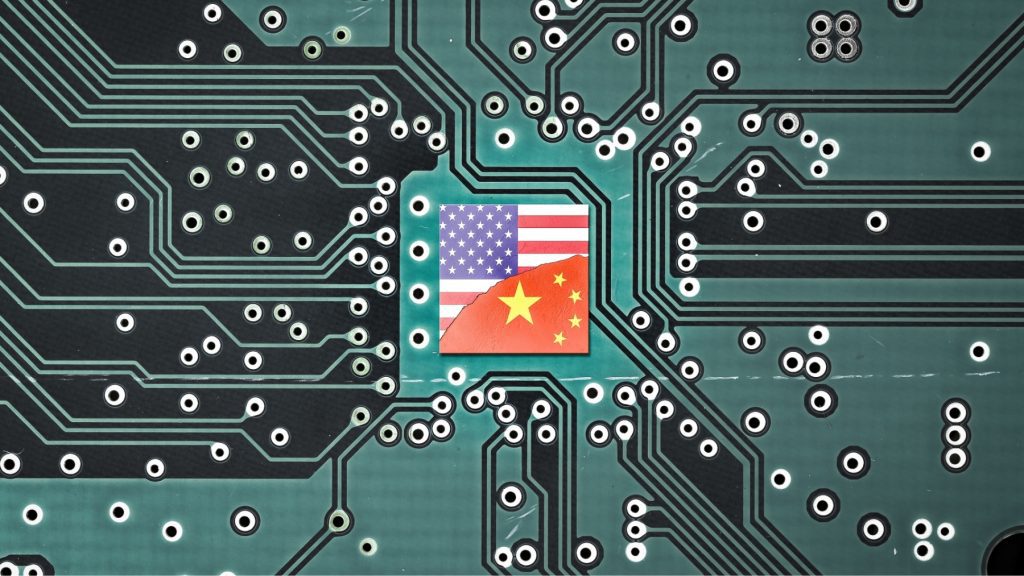
In the China US war over semiconductors, both countries recognize the importance of advanced packaging for where we’re headed.
- Biden debuts a $3 billion program for advanced chip packaging.
- China remains in the lead holding 38% of the semiconductor advanced packaging market.
The Biden Administration wants to close in on China in the semiconductor industry from a different aspect, advanced chip packaging.
Bear with me for a second.
Imagine you have a KitKat finger in front of you. You take a bite, and what do you see? Wafers bound together with chocolate and covered with chocolate. In semiconductor terms, chocolate is the packaging that binds and connects individual chips.
Now, advanced packaging allows for the integration of multiple chips into a single package. This, in turn, improves performance, power efficiency, and cost effectiveness.
Why Is This a Big Deal?
Simple. For years now, this backend process has been undervalued.
According to a McKinsey & Company article, there are two reasons for that:
- Old-generation equipment is still a valid and functional option
- Packaging is often done by outsourced semiconductor assembly and test companies (OSATs) who prioritize low costs.
While advanced packaging has been available since the 2000s, it has been gaining momentum as the application becomes more refined. Today, our technologies demand high-performance and low-power chips. These technologies include 5G, autonomous vehicles, IoT, and virtual reality. And yes, even AI!
Not only does the US recognize that but so does China.
For the better part of his presidency, President Biden has been trying to limit China’s advancements in technology, specifically semiconductors. Washington restricted their access to state-of-the-art chips and has been strengthening the US’s standing in that industry.
One of the only areas to escape sanctions is, you guessed it, advanced packaging. But the U.S. is way behind at around 3% of the global packaging capabilities meanwhile China holds 38%. So, the American government debuted a $3 billion program, officially known as the National Advanced Packaging Manufacturing Program. It’s safe to say that they have a long way to go.
According to Under Secretary of Commerce Laurie Locascio, “Fabricating chips in America but then shipping them overseas to be packaged creates supply chain and national security risks that we just can’t accept.”
Meanwhile, the US Department of Commerce explains that sanctioning advanced packaging disrupts supply chains without diminishing national security risks. So, which one is it?
Anyway, China may not be able to manufacture chips on par with major American companies. But packaging? That’s where the advantage is. They can Frankenstein their way to faster and cheaper systems, leaving their expensive chips for the more important tech.
But this isn’t just a geopolitical strategy. The shift in focus to advance packaging will change the competition. Not to mention that if concerned companies don’t do something about it, they risk sinking.
Inside Telecom provides you with an extensive list of content covering all aspects of the tech industry. Keep an eye on our Tech sections to stay informed and up-to-date with our daily articles.